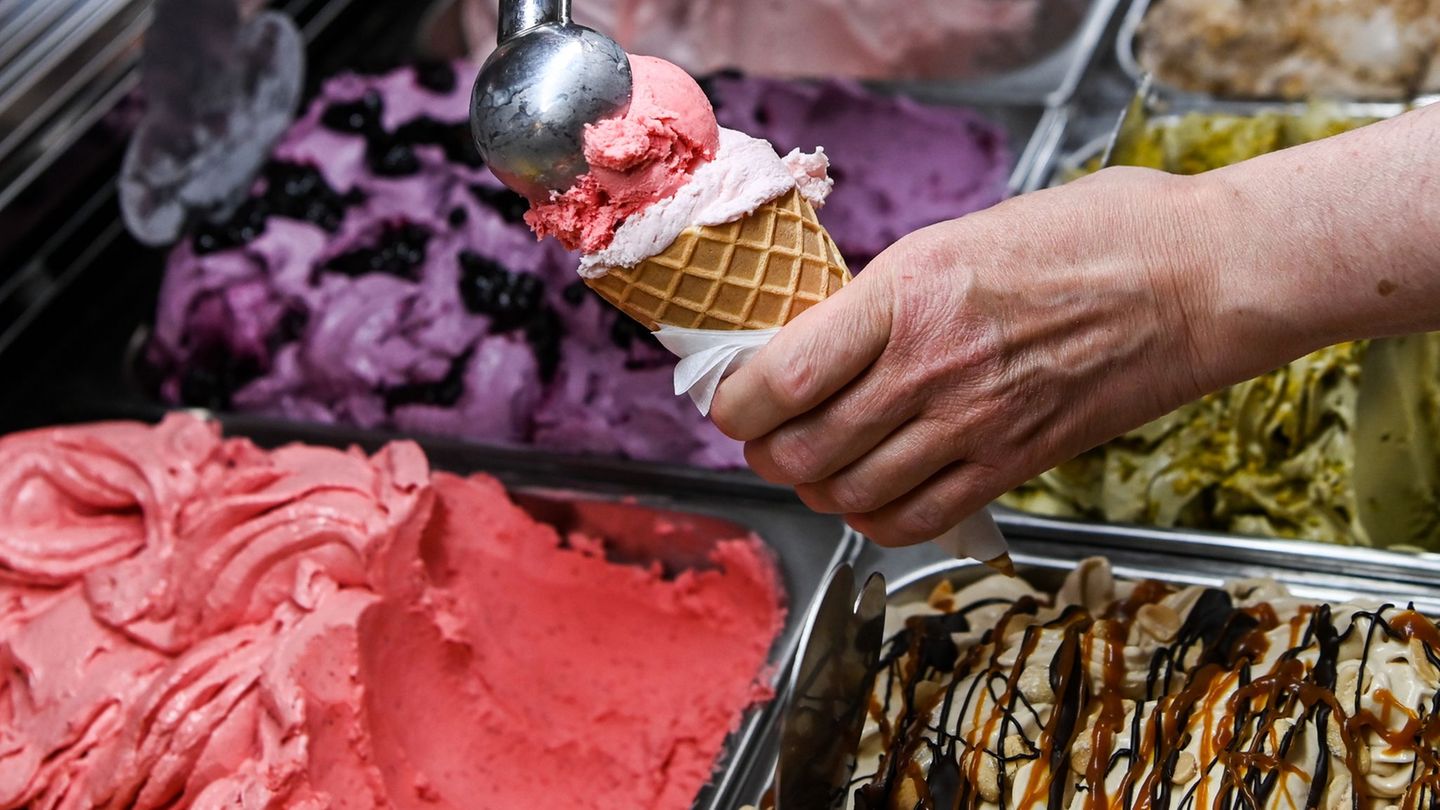Menu
Consumer prices: is ice too expensive? Falling ball prices frustration
Categories
Most Read
Producers affected by floods in the province of Buenos Aires are exempt from the Rural Real Estate Tax
October 22, 2025
No Comments
Too little pension? You receive these subsidies from the state
October 22, 2025
No Comments
Volkswagen stops Golf production due to chip shortage
October 22, 2025
No Comments
The Government begins an investigation into dumping of Chinese engines
October 22, 2025
No Comments
US companies posted their best balance sheets in four years and profits exceeded expectations
October 22, 2025
No Comments
Latest Posts

ÖFB President Pröll demands: “Think better, learn better together and work together better”
October 22, 2025
No Comments
ÖFB supervisory board chairman Josef Pröll This is what the new ÖFB logo looks like The stadium on campus Around 19 months after the groundbreaking

Why Riquelme is interested in Diego Aguirre as a replacement for Miguel Ángel Russo to lead Boca
October 22, 2025
No Comments
October 22, 2025 – 12:03 Riquelme analyzes options for the future of the Boca bank and the Uruguayan, current coach of Peñarol, appears as one

Dollar today and blue dollar today minute by minute: how much does it operate at this Wednesday, October 22
October 22, 2025
No Comments
He blue dollar It overheated in the run-up to the elections and surpassed its nominal record on Tuesday. closed to $1,525 for purchase and $1,545
24 Hours Worlds is a comprehensive source of instant world current affairs, offering up-to-the-minute coverage of breaking news and events from around the globe. With a team of experienced journalists and experts on hand 24/7.

